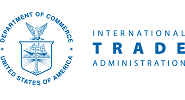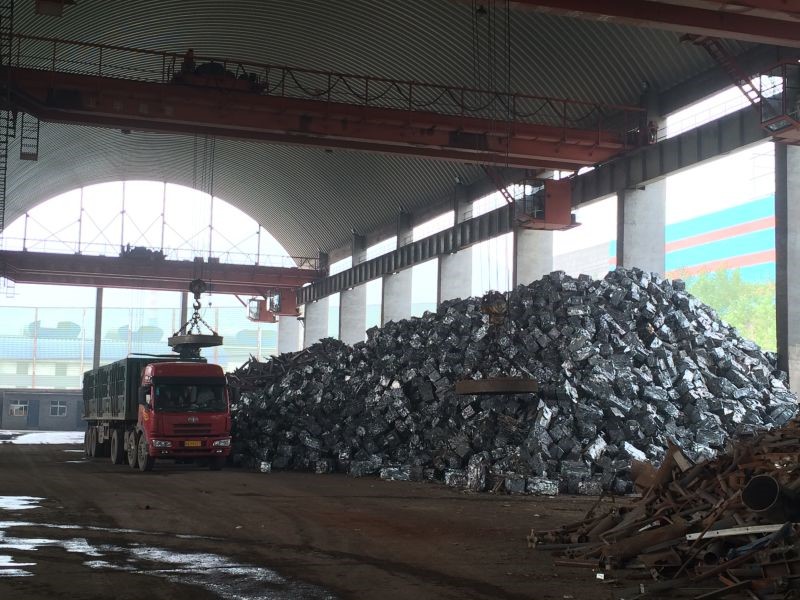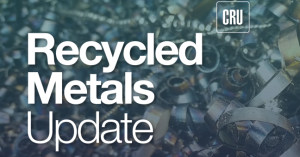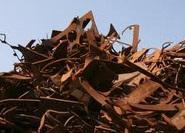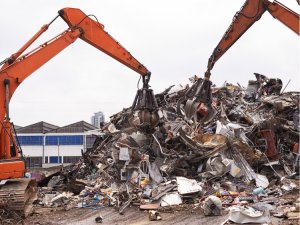
Miller on Scrap: Ferrous mart losing steam in April on auto woes
The US ferrous scrap market rise this year is showing signs of slowing down as US steelmakers adjust production in line with slower automotive production and sales. But President Trump's announcement of 25% auto tariffs could change things very fast.



